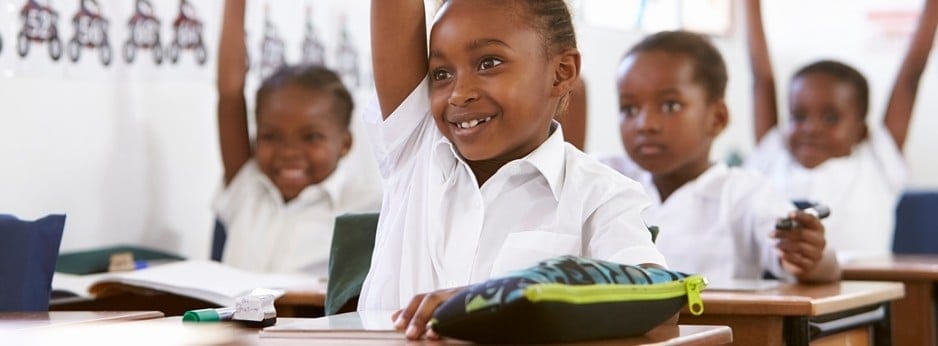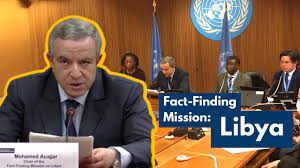
World Teachers’ Day “Salute the teacher and revere him … for the teacher is almost an apostle Do you know of someone nobler than … he who nurtures minds and hearts”
Saturday, October 5th, marks the World Teachers’ Day[i], adopted by the 27th Session of the General Conference of UNESCO[ii] in 1993, organized annually since 1994 to commemorate the anniversary of the adoption of the 1966 International Labour Organization (ILO)/UNESCO Recommendation concerning the Status of Teachers. This Recommendation sets benchmarks regarding the rights and responsibilities of teachers and standards for their initial preparation and further education, recruitment, employment, and teaching and learning conditions.
This year, UNESCO; in partnership with ILO, the United Nations Children’s Fund (UNICEF), the United Nations Development Program (UNDP) and the International Federation of Teachers (Education International), chose “Young Teachers: The Future of the Profession” to be the theme of the World Teacher’s Day, to recognize “the critical importance of reaffirming the value of the teaching mission. We call upon governments to make teaching a profession of first choice for young people. We also invite teacher unions, private sector employers, school principals, parent-teacher associations, school management committees, education officials and teacher trainers to share their wisdom and experiences in promoting the emergence of a vibrant teaching force”[iii].
Worldwide, there is a shortage of teachers, and attrition rates are rising rapidly, due in part to precarious employment and scarce opportunities for continuous professional development. Furthermore, there is a lack of resources for children with special education needs and disabilities, refugees and multilingual pupils. The figures given by the UNESCO Institute for Statistics (UIS) indicate that “the world needs almost 69 million new teachers to meet the Education 2030 Agenda. Global inequalities could directly increase, as 70% of sub-Saharan countries face acute shortages of teachers, rising to 90% at secondary level”[iv].
On 1 January 2016, the 17 Sustainable Development Goals (SDGs) of the 2030 Agenda for Sustainable Development, adopted by world leaders in September 2015 at an historic UN Summit, officially came into force. Goal number 4 “Quality Education” to ensure inclusive and equitable quality education and promote lifelong learning opportunities for all. UNESCO publishes an annual report providing statistics and indicators on the status of education in each country of the world, the last published edition of the Global Education Monitoring Report is the 2017/8 report[v], titled “Accountability in Education: Meeting Our Commitments”. However, there is information on the status of Libya’s education sector[vi], Libya did not publish a national education monitoring report during the period from 2010 through to 2016.
The official event will take place on Monday, 7 October at UNESCO Headquarters in Paris in collaboration with the convening partners, including UNICEF, UNDP, the International Labour Organization and Education International and will be celebrated globally with various events.
[i] United Nations Educational, Scientific and Cultural Organization (UNESCO): “World Teachers’ Day, 5th October”
[ii] UNESCO: “UNESCO, General Conference, 27th Session Resolution”, 15th June 2007.
[iii] UNESCO: Joint Message from Ms Audrey Azoulay, Director-General of UNESCO, Guy Ryder, Director-General, International Labour Organization, Henrietta H. Fore, Executive Director, UNICEF Achim Steiner, Administrator, UNDP and David Edwards, General Secretary, Education International, on the occasion of World Teachers’ Day “Young Teachers: the Future of the Profession”, 5 October 2019.
[iv] Ibid.
[v] UNESCO: “Accountability in Education: Meeting our Commitments”, Global Education Monitoring Report is the 2017/8.
[vi] Tables (1) to (15), pages (306) to (405) of the “Accountability in Education: Meeting our Commitments” report, with the exception to table (1) which provides some data on “Background demographic statistics, legal guarantee of compulsory and free education, and structure of national education system”, the rest of tables 2 through to 15 devoted to data and indicators related to SDG 4 do not provide any data on Libya. This is because, as shown on page 424, Libya did not publish any national education monitoring reports in the period 2010 to 2016.




